Every dish tells a story. What would yours say about you? Mine would say “Appalachia.” It was mainly from the garden until my father passed away, then it was mostly fast food that my mom would get after work.
The connection between food and culture runs much deeper than flavor—it weaves through identity, history, and the values communities hold dear. Traditional recipes carry the DNA of where we come from, shaped by geography, climate, and the events that molded our ancestors' lives.
Food does more than fill empty stomachs. It becomes one of the clearest ways regions express who they are. This relationship shows up everywhere—families handing down recipes like precious heirlooms, communities gathering around shared tables for celebrations, entire nations claiming dishes as their own. Think about how sushi represents Japan or how paella speaks for Spain. These aren't just meals; they're cultural ambassadors.
I've watched these culinary traditions work their magic in real communities. They pull people together while breathing life into local economies. Restaurants source from neighborhood farms. Families shop at farmers’ markets. These small acts create ripples that strengthen the whole fabric of a place. Even the simplest dinner can unlock centuries of cultural heritage hiding behind every bite.
You never can see this better than when you travel. I have been very blessed to travel far and wide, and can tell you from deep personal experience that every single place that I have been has had its own very special “thing,” that one dish that says you are totally here now. Imagine what this country kid experienced when he ate curried goat for the first time in Indonesia. The level of spice, I actually believed, may kill me.
"Food is not rational. Food is culture, habit, craving, and identity." — Jonathan Safran Foer, Award-winning author and essayist
Geography writes the menu before anyone steps into the kitchen. Coastal towns feast on what the ocean provides while inland communities turn to livestock and grains. This isn't just preference, it's survival refined over thousands of years. The land shapes the plate, and the plate tells you exactly where you are. If you have it, you eat it and you learn to respect it.
How ingredients reflect geography and climate
Climate decides what grows, and what grows decides what gets eaten. Temperate regions, with their mild seasons, grow wheat and barley with ease, while hot, humid places favor crops like rice and sugarcane. The Mediterranean (and most of coastal California) got lucky with warm sun and distinctive soil, creating perfect conditions for olives, grapes, and figs. These ingredients didn't just feed people; they became the region's calling card.
Tropical Southeast Asia tells the same story. Abundant rain and heat make rice and bananas thrive, while arid regions struggle with drought-resistant crops and careful water management. Communities adapted their cooking to whatever flourished nearby, creating flavor signatures that became as recognizable as accents.
Seasons matter too. Temperate regions cycle through different harvests, such as pumpkins in the fall and asparagus in the spring. This seasonal rhythm keeps people connected to their environment, a reminder that humans still dance to nature's schedule despite our modern lives.
Why cooking methods vary by region
Hot climates demand quick cooking. Grilling and stir-frying became popular because nobody wanted to stand over a blazing stove longer than necessary. Cold regions went the opposite direction, slow braising and stewing that filled homes with warmth and comfort.
Resources shape technique:
· Coastal areas steam and boil their abundant seafood. If you cannot find a pot of boiling lobsters in Maine or one full of Dungeness crab in San Francisco, you are not looking very hard!
· Oil-rich regions center their cooking around frying.
· Mountain communities developed preservation methods to survive harsh winters.
Even the tools evolved to match the food. Spanish paelleras exist for one reason: to make perfect paella. Mexican tortilla presses serve the same purpose. Each tool represents generations of refinement.
The meaning behind local food customs
Food customs do more than feed people—they teach values and pass them down. These practices separate one group from another through distinct flavors and methods. Sometimes food becomes so central to identity that governments step in to protect their culinary industries from outside competition.
The way communities prepare and share food reveals their social structure. Who cooks, who serves, who eats first—these details expose power dynamics and gender roles. Food has anchored human culture since our ancestors discovered fire and cooking, fundamentally changing our evolution.
Local food systems build stronger communities. Farmers' markets draw 75% of shoppers in groups, compared to just 16% at supermarkets. This social aspect creates connections between people who grow food and people who eat it, strengthening both local economies and social networks.
Regional cuisines represent thousands of years of adaptation—to climate, resources, and cultural values. The dishes we make and share aren't just meals. They're living records of how humans learned to thrive in specific places on this planet.
How traditional dishes carry cultural identity
Traditional dishes do something ingredients alone cannot—they carry the soul of a culture through time. While local ingredients tell us about geography, traditional recipes hold onto something deeper. They preserve values, stories, and the essence of who we are with every single preparation.
Family recipes as cultural memory
Your grandmother's recipe box isn't just a collection of cooking instructions. Those stained index cards and handwritten notes function as living archives, carrying personal stories that stretch back to your ancestral origins. Families who hold onto traditional recipes maintain pieces of identity that might otherwise slip away across generations. Food memories shape our individual taste preferences, but they also define what families value together.
These culinary traditions create bonds that research confirms:
· Studies show adolescents with knowledge of family history experience better self-control, higher self-esteem, and fewer behavior problems
· Recipes passed between generations preserve not just flavors but cultural practices and beliefs
· Cooking together provides opportunities for sharing stories and memories that foster belonging
One culinary anthropologist puts it perfectly: "Food isn't about taste, it's a way to transmit culture and history". Picture a grandmother teaching her grandchild how to fold dumplings or knead bread, sharing secrets that have shaped family meals for decades. Those moments become critical transfer points where cultural knowledge moves from one generation to the next.
I wish so much that I had a heritage like this. My mother, bless her heart, could not cook. She was a surgical nurse and had zero hours per day. Despite being surrounded by deep cultural heritage and traditions, it just was not meant to be.
Food in festivals and celebrations
Certain dishes exist for one purpose—to mark moments when cultural identity matters most. Specific foods prepared exclusively for celebrations function as edible symbols of what communities value. Diwali sweets in India, Thanksgiving turkey in America—these aren't just seasonal treats. They mark moments when cultural identity steps forward deliberately.
Chinese New Year feasts feature dishes chosen for their symbolic meaning, like luck, prosperity, and family unity. Hanukkah centers around oil-based foods that commemorate the miracle of the oil lamp. These culinary expressions create continuity with the past. Mexican Day of the Dead offerings turn everyday tortillas and tamales into elaborate, symbol-laden bridges between the living and the dead.
The role of food in daily rituals
Special occasions grab attention, but daily food rituals do the quiet work of reinforcing cultural bonds. These everyday practices—Sunday roasts in British homes, Italian family pasta dinners—sustain cultural connections through constant, gentle reinforcement.
Food rituals often require multiple people playing different roles, helping define each person's place within the community. Japanese tea ceremonies exemplify this perfectly, with participants taking on distinct roles that contribute to self-realization important in Zen Buddhism.
Traditional cooking methods survive through this daily practice. Women in Mexico's Michoacán region still maintain knowledge of nixtamalization—lime-hulling maize—which increases corn's nutritional value while preserving cultural techniques that might otherwise disappear.
The power comes from sensory memory. The aroma of specific spices can instantly transport you to childhood kitchens, triggering vivid memories of formative experiences. This sensory connection makes traditional dishes particularly powerful vehicles for cultural memory. They function as edible time capsules, preserving heritage even as the world becomes increasingly connected and similar.
The influence of migration and trade on local cuisine
Cuisines refuse to stay put. Food moves with people, travels along trade routes, and settles into new homes where it mingles with whatever it finds there. This restless movement creates the culinary landscapes we know today—each one a patchwork of cultural exchanges that happened over centuries.
How migration reshapes food traditions
Packed suitcases carry more than clothes. When people move, their recipes travel too, though not always intact. New environments demand adaptation. Familiar ingredients disappear from local markets. Substitutions become necessary. What emerges often surprises everyone—traditional recipes transformed by circumstance into something entirely new.
First-generation immigrants know this dance well. They send money home not just for family, but for the specific spices and ingredients that taste like memory. These imported flavors become lifelines—ways to preserve identity while building new communities in unfamiliar places.
Something beautiful happens when diaspora communities meet. Indian migrants from different regions found themselves cooking together in Germany, sharing techniques they might never have exchanged back home. Syrian immigrants opened restaurants in Greece, introducing locals to authentic flavors while creating their own economic opportunities. Food becomes the bridge between what was and what could be.
Trade routes and the spread of ingredients
The Silk Road changed everything. This ancient network didn't just move silk—it carried black pepper, cinnamon, and cloves across continents while spreading Chinese noodles and dumplings throughout Central Asia. Spices that seem fundamental to certain cuisines today were once exotic imports from distant lands.
Columbus's voyages triggered an even bigger shift. The Columbian Exchange brought tomatoes, potatoes, chocolate, and vanilla from the Americas to Europe and Asia, while wheat, rice, and sugar traveled the opposite direction. Imagine Italian cuisine without tomatoes—it simply wouldn't exist as we know it.
Fusion dishes and evolving identities
Fusion isn't new. It's been happening wherever cultures bump into each other throughout history. Italian spaghetti traces back to Italy's encounter with Chinese noodles. Biryani marries Middle Eastern spices with South Asian cooking techniques.
Modern chefs like Wolfgang Puck made fusion deliberate in the 1980s, consciously blending flavors from different traditions. Today's food trucks serve Korean tacos and Southern sushi. Vietnamese bánh mì sandwiches marry French baguettes with Vietnamese fillings. Chino Latino restaurants merge Chinese techniques with Latin American ingredients.
These dishes don't just taste good—they tell stories about our connected world. Each fusion creation honors multiple heritages while establishing something completely new. Food continues to move, adapt, and evolve, creating tomorrow's traditional dishes from today's cultural meetings.
Food and community: more than just a meal
"To me, food is as much about the moment, the occasion, the location and the company as it is about the taste." — Heston Blumenthal, Michelin-starred chef and culinary innovator
"To me, food is as much about the moment, the occasion, the location and the company as it is about the taste." — Heston Blumenthal, Michelin-starred chef and culinary innovator
Something magical happens when people eat together. It goes way beyond satisfying hunger—research shows that shared meals rank as one of the strongest predictors of human happiness, right up there with having a job or decent income. People who eat with others regularly report higher life satisfaction, more joy, and fewer dark moments. This holds true whether you're eight or eighty, from any corner of the world.
But we're losing this practice. One in four Americans now eats every single meal alone. That's a 53% jump since 2003. (See my last post about communal eating.) Compare that to places like Senegal and Malaysia, where families still gather around tables daily. Those communities report stronger support networks and far less loneliness.
Scientists have a word for this: "commensality"—eating together specifically to build bonds. One researcher puts it perfectly: "Sharing a sensory experience over a meal can make other people seem more 'real' to us". This was a new word to me about 10 days ago. I LOVE new words.
Shared meals and social bonding
There's something primal about breaking bread with others. Your nervous system actually relaxes when you share food. Conversations flow differently. Guards drop. The meal becomes a bridge between strangers and a deeper bond between friends.
This isn't just feel-good theory. The data backs it up completely. Yet many societies are walking away from this ancient practice, choosing speed and convenience over connection.
Food in community events and gatherings
Community food events work like magnets. Potluck dinners, food festivals, neighborhood barbecues—they all use food as the "hook" to draw people together. Seventy-five percent of people agree that sharing a meal beats every other method for strengthening relationships.
Food festivals excel at this community-building work. They introduce neighbors to local restaurants, support small business owners, and create natural spaces for conversation. Even simple dinner parties can turn acquaintances into genuine friends. The secret isn't perfect cooking—it's creating a space where people feel safe enough to be themselves.
How food supports local economies
Local food systems pack an economic punch that goes far beyond the dinner table. Farmers who sell directly to their neighbors create 13 full-time jobs per million dollars in revenue. Compare that to just 3 jobs for farmers who don't sell locally.
Each dollar spent at farmers markets generates another 58 cents in local economic activity. Communities with more direct farm sales also see lower rates of death, obesity, and diabetes among residents. Food systems that prioritize community connection end up nourishing both wallets and waistlines.
Sustainability and the future of regional food
Traditional recipes already knew the secret to sustainability—they just didn't call it that. Generations of cooks worked within the rhythms of their local ecosystems, eating what grew nearby when it was ready, wasting nothing, and nurturing the land that fed them. These weren't environmental strategies. They were survival skills.
Local sourcing and seasonal eating
Something magical happens when you eat food that ripens on its own timeline. Seasonal produce tastes better, sure, but it also carries more nutrients than fruits and vegetables picked early and shipped across continents. The environmental math works out too—local food cuts down the carbon footprint of those long-distance truck rides and plane flights.
The economics tell an even better story. Farmers selling directly to local customers create 13 full-time jobs for every $1 million in revenue. Compare that to just 3 jobs for farmers who don't sell locally. Each dollar spent at farmers' markets generates another 58 cents in economic activity that stays right in the community.
One farmer put it perfectly: "Sure, I could buy New Zealand venison, which is cheaper, but it just wouldn't be the same". That "same" isn't just about taste—it's about connection to place.
Preserving food heritage in a globalized world
Communities aren't just sitting back and watching their food traditions disappear. They're fighting back with creative solutions. Community-supported agriculture programs exploded from just two in 1986 to over 1,000 today. Farm-to-school programs jumped 50% between 2006 and 2009 alone.
Organizations like Seed Savers Exchange give farmers platforms to share and protect heirloom varieties. They're not just saving flavors—they're preserving genetic diversity that could be crucial for food security down the road. Products with geographical protection now sell for double the price of regular versions.
The role of younger generations
Young people are rediscovering their food roots through hands-on learning. At the Prairie Band of Potawatomi Boys & Girls Club, kids learn traditional dishes alongside sustainable practices. Club member Gracie captures why this matters: "My favorite part of my Native American Heritage is the food because that's the main time we all come together as a family and community".
This knowledge passes through cooking classes, community gardens, and educational programs focused on traditional techniques. These young people become bridges—connecting ancient wisdom with modern sustainable practices, making sure cultural food traditions stay alive and relevant for whatever comes next.
A tomato and a mozzarella walk into a bar…
Food tells our story. Every regional dish we've explored reveals something deeper than taste—it shows us who we are, where we came from, and what matters to us as communities.
The ingredients on our plates paint a picture of the land around us. Coastal towns serve up fresh catch while mountain communities rely on heartier fare. The way we cook reflects the world we live in too. Hot climates favor quick grilling. Cold places embrace slow braising that warms the soul.
Family recipes work like time machines. When grandmothers pass down their secrets, they're handing over entire worldviews wrapped in familiar flavors. Migration keeps stirring this pot, creating fusion dishes that honor multiple histories at once. Each adaptation tells a new chapter while keeping the original story alive.
Shared meals do something magical for communities. People who eat together report happier lives and stronger bonds. Local food systems create jobs and keep money flowing through neighborhoods. Farmers' markets become gathering spots where relationships grow alongside vegetables.
Traditional cuisines knew about sustainability long before anyone coined the term. Seasonal eating. Minimal waste. Working with nature instead of against it. Young people are rediscovering these old truths, ensuring this wisdom survives.
Your next meal holds more than you might think. Each bite connects you to farmers, families, and centuries of human adaptation. Food remains one of our most honest expressions of identity—worth celebrating, worth protecting.
When you really understand what your regional dishes say about you, you're not just tasting flavors. You're tasting humanity itself.
Thanks for coming along for the read!
Jonathan McCloud


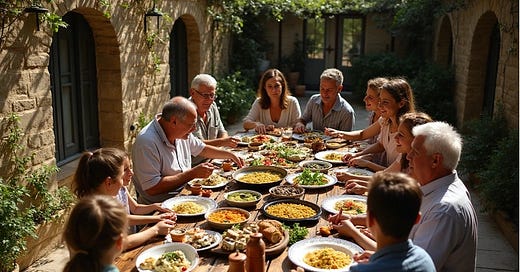



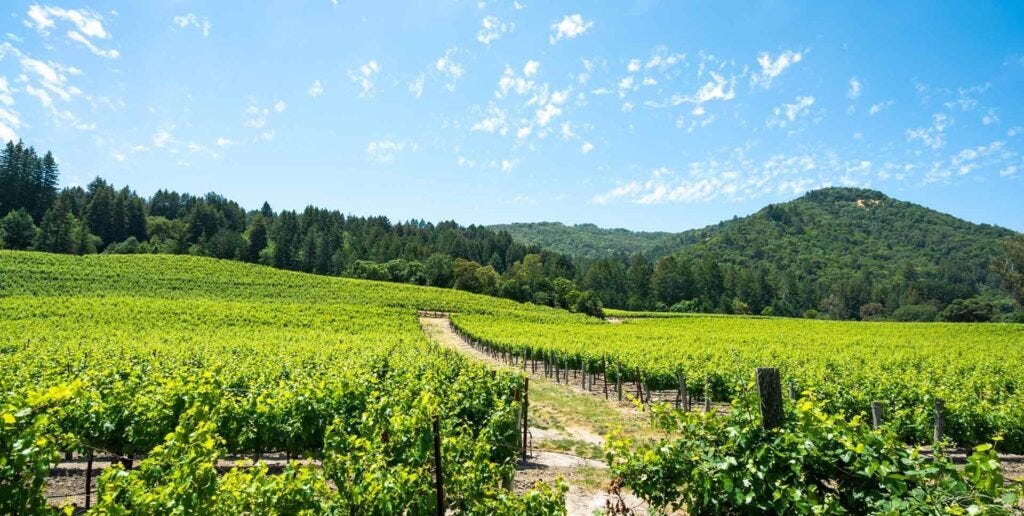

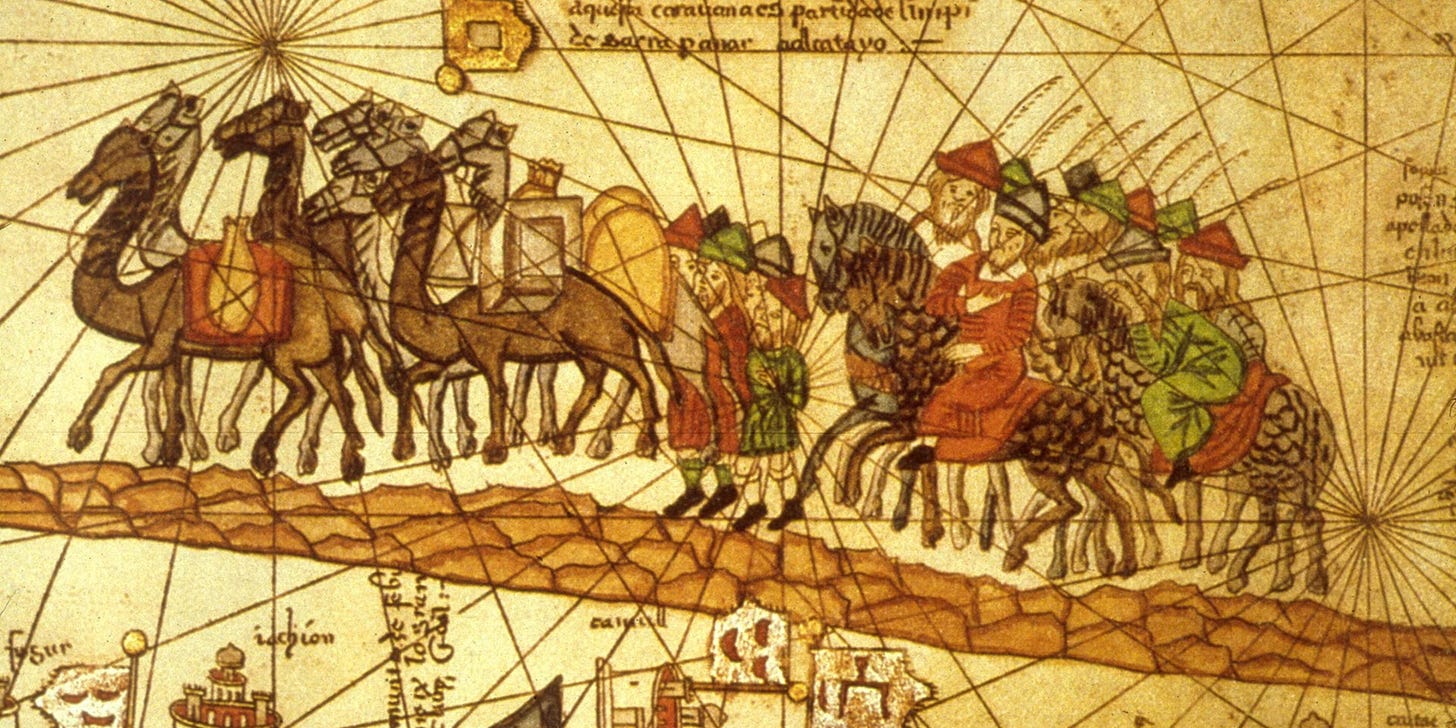
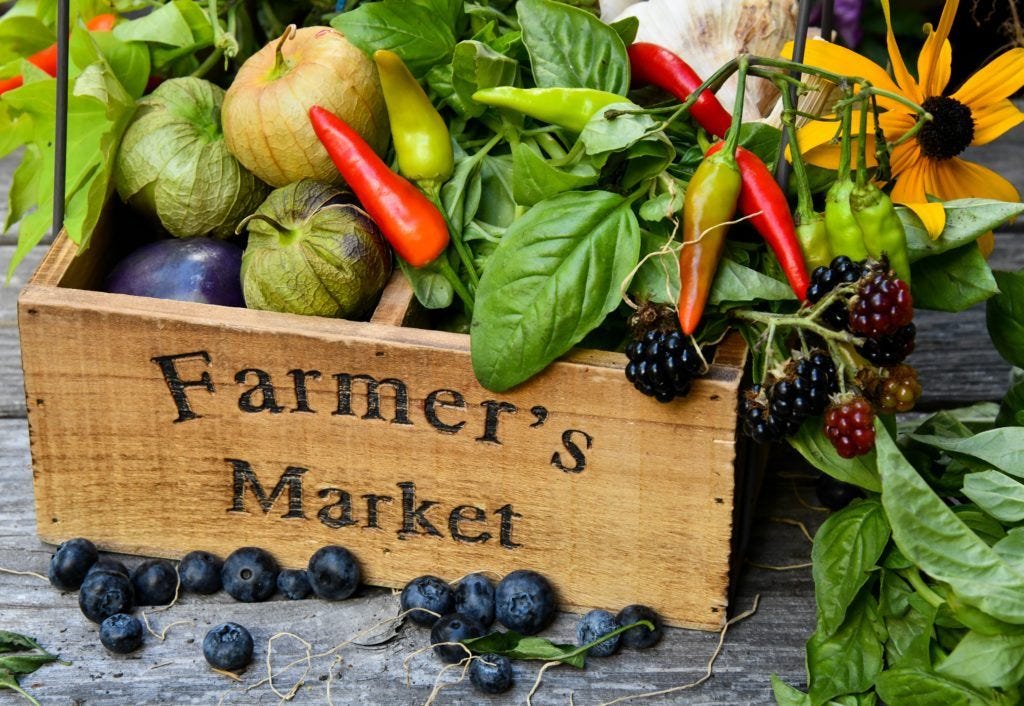
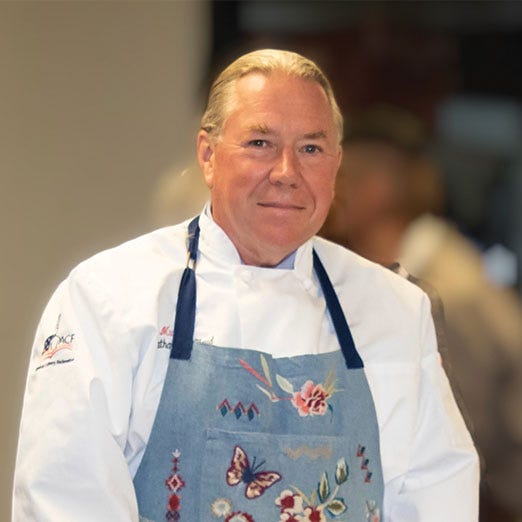
Wonderfully researched, nuanced and written! If I hadn't just had dinner; it surely would have made me hungry and wanting to sample from the world menu's suggested. Having learned many a recipe from various mama's homemade kitchens; If someone offers to show how their family makes any meal; don't hesitate jump in and learn!
Jonathan, these articles just get better! How prescient and nuanced. You give us “food for thought.”